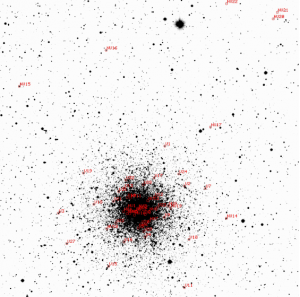 Understanding the formation and evolution of our Galaxy has always been one of the key quests in modern astrophysics for decades (e.g. Freeman & Bland-Hawthorn 2002). Since RRLs are easily identifiable and they can provide a powerful means to probe the chemical compositions and dynamical properties of the old stellar populations, RRLs in the Galactic globular cluster (GC) systems or in the field are of particular importance to address the question of the early history of our Galaxy (see, for example, Smith 1995). Also, being a primary distance indicator, the distance to RRLs can be accurately measured and RRLs can help to yield important insights into the structure of our Galaxy. Recent studies by Drake et al. (2013) or Pietrukowicz et al. (2012) are excellent examples of making use of RRLs to understand the substructures in the Galactic halo expected from the theory of the hierarchical structure formation, and to delineate the bar structure in the central part of our Galaxy.
Understanding the formation and evolution of our Galaxy has always been one of the key quests in modern astrophysics for decades (e.g. Freeman & Bland-Hawthorn 2002). Since RRLs are easily identifiable and they can provide a powerful means to probe the chemical compositions and dynamical properties of the old stellar populations, RRLs in the Galactic globular cluster (GC) systems or in the field are of particular importance to address the question of the early history of our Galaxy (see, for example, Smith 1995). Also, being a primary distance indicator, the distance to RRLs can be accurately measured and RRLs can help to yield important insights into the structure of our Galaxy. Recent studies by Drake et al. (2013) or Pietrukowicz et al. (2012) are excellent examples of making use of RRLs to understand the substructures in the Galactic halo expected from the theory of the hierarchical structure formation, and to delineate the bar structure in the central part of our Galaxy.
Authors: Jae-Woo Lee, Mercedes Lopez-Morales, Kyeong-Soo Hong, Young-Woon Kang, Brian L. Pohl, Alistair Walker

